Excavating in times of corona
The corona pandemic has upset life around the globe in many different ways and archaeology has not remained unaffected. Research Master's student Jan Dekker reflects on his coronaproof excavation in France.
Archaeology is a scientific discipline with strong practical components and suddenly none of these were possible anymore. For the first few months of the pandemic there was the hope that everything would be back to normal by the start of the summer and that fieldwork could just continue as normal. Unfortunately, even though some restrictions were indeed lifted by the start of the summer this was unfortunately not the case and most excavations were cancelled or restricted.
However, not all restrictions were cancelled this summer. A few weeks ago I attended an excavation at Quinçay, France, that was allowed to continue by the university. So why was this excavation allowed to proceed whereas others were not? In this blog I want to share the protocols that we used at the site in the hope that the implementation of similar protocols will allow other excavations to continue as well.
But first, a bit of background information about the site. The site in question was Quinçay, a Palaeolithic site from central west France, in the area of Poitiers. It is well known for its exceptionally large Châtelperronian deposits and plays an important role in the debate regarding the Châtelperronian conundrum.
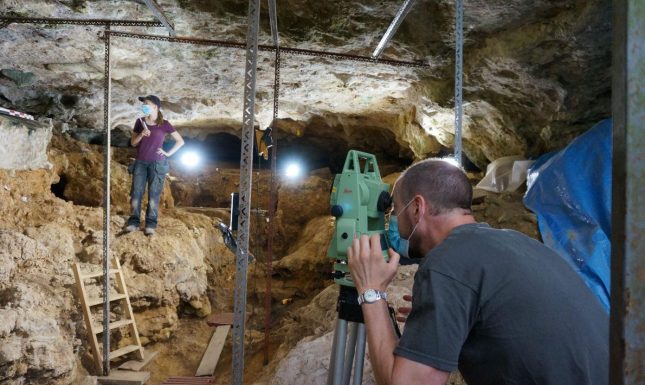

The first difficulty that we had to deal with when designing the corona proof excavation protocol is to find out what the legal requirements were we needed to adhere to. There is quite some variation in the corona measures in different countries and they may be more or less severe than the Dutch regulations. For example, in the Netherlands the 1,5 m rule is often applied. In France, however, it is only 1 m. In case of differences between the regulations of the visiting country and the Netherlands we thought it best to adhere to the most severe measure of the two. Better safe than sorry is a mantra that applies very well to this pandemic.
As for the corona protocols themselves, they can be split into two categories: the excavation measures and the excavation house measures. At the excavation we had to keep distance from each other. Maintaining good ventilation at your excavation is also good practice and luckily there was natural ventilation in the cave. However, a cave is of course an enclosed space and we were not sure we could maintain sufficient distance at all times. So instead we had to always wear face masks while working inside the cave. Outside the cave it was a little bit easier to keep distance, but if for some reasons that was not possible, we also wore face masks. Additionally we had to take care to regularly sanitise or our hands and we could only use personal or cleaned equipment. The presence of water and soap at the site was a requirement of the French government, as they argue that it is better than hand sanitiser. Before the corona restrictions we usually did not have a ‘hand washing station’ at the site, but since it is easy to organise and is a general improvement of hygiene as well, we will probably keep it even after the pandemic has passed.
Running an excavation with these measurements in place did not hinder performing the usual activities. The provision of masks and cleaning equipment is easy to arrange and one gets easily used to wearing a mask for long periods of time. Furthermore, although we wore masks due to the COVID-19 pandemic, the use of personal protective equipment at archaeological sites might also be useful to prevent biomolecular contamination. Recently there have been huge developments in the applications of biomolecules to archaeology, ranging from sedimentary DNA to proteins and lipids. The use of protective equipment at excavations might be an interesting development in the future. Apart from face masks the most impactful restriction was in team size, because in order to keep distance less people can excavate at the same time.
The second set of rules concerned the excavation house. As the team shared a communal kitchen, bathrooms and in some cases a room to sleep in, we had to consider how to prevent the excavation house from becoming a large risk of transmission. To achieve this we took some preventive measures. Again daily cleaning of shared contact surfaces was essential for this, as this way we could remove a potential vector. Within a house it was often difficult to maintain distance, so we had to resort to facemasks should be worn if there were too many people inside. Luckily, in France during the summer there is often no need to stay inside and we could happily sit outside most of the time. Outside it was easy to keep our distance and of course the ventilation was much better. During cooking facemasks had to be worn as well and everyone used personal plates and cutlery, this way we knew that at least the virus could not be spread via the food.
Again this all takes some getting used to, but it does not form an insurmountable barrier. These regulations all follow the same rules that we already have adhering to since the start of the pandemic. Fieldwork can still be as productive, and fun, as it was before. Hopefully we will all be able to go on fieldwork next year again, either as we used to do in the past, or with new corona-proof protocols.
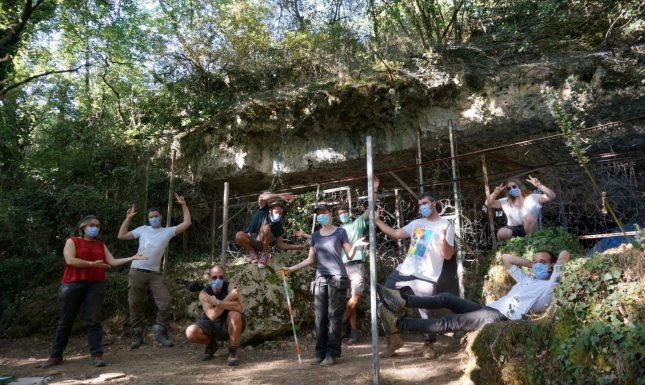

Read more
Archaeological fieldwork in corona times: professor Marie Soressi's story


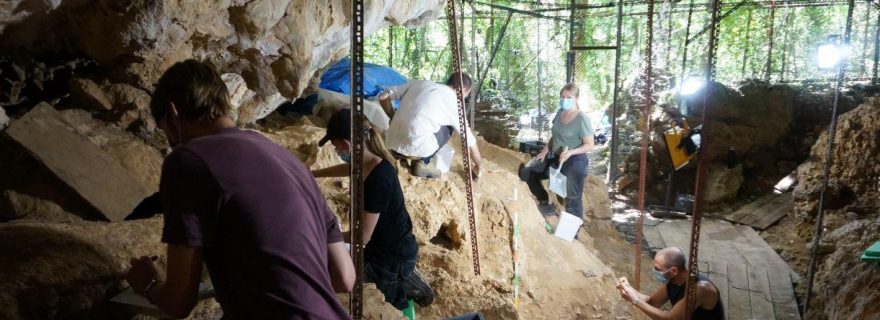
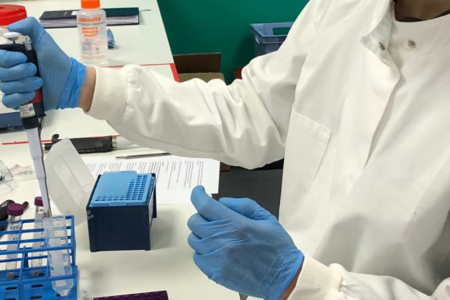
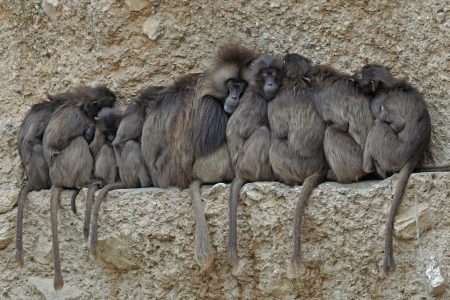
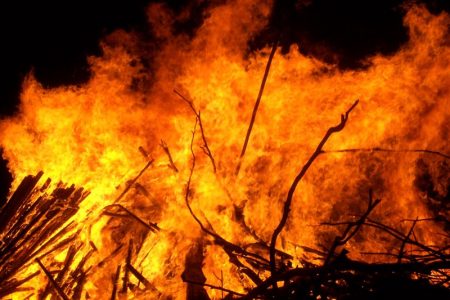
0 Comments